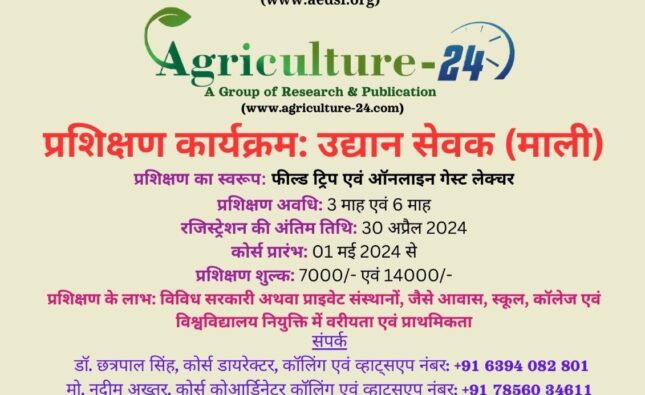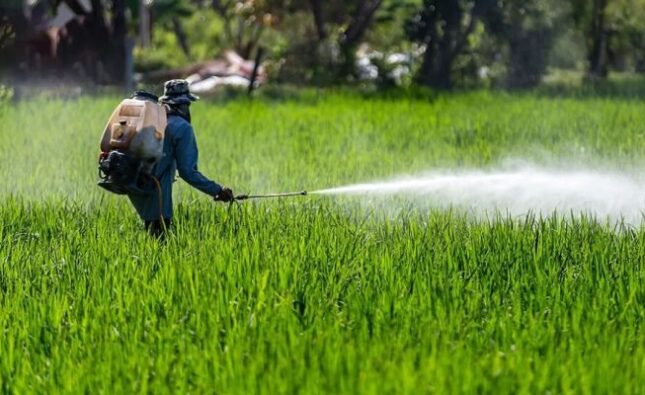What is Bt Cotton and Its Controversy
What is Bt Cotton and Its Controversy? BT Cotton refers to a genetically modified variety of cotton that incorporates a gene from the soil bacterium Bacillus thuringiensis (Bt). This gene produces a protein toxic to certain insect pests, specifically the larvae of certain bollworms and budworms that commonly infest cotton plants. The Bt protein is known as Cry toxin, which acts as an insecticide when ingested by susceptible pests.
Here are some key points about BT cotton:
- Insect Resistance:
BT cotton has been genetically modified to produce the Cry toxin, which is toxic to specific insect pests. When pests feed on BT cotton, the toxin is ingested, causing damage to their digestive systems and eventually leading to their death. This genetic modification provides built-in insect resistance, reducing the need for frequent pesticide applications.
2. Reduced Chemical Usage:
BT cotton has been widely adopted in many countries due to its potential for reducing chemical pesticide use. By targeting specific pests, the need for broad-spectrum insecticides is minimized, resulting in reduced environmental impact and potential health benefits for farmers and consumers.
3. Increased Crop Yield:
BT cotton can improve crop yields by reducing the damage caused by bollworms and budworms. Insect infestations can lead to substantial yield losses in cotton crops, and BT cotton’s insect resistance trait helps mitigate these losses, thereby improving overall productivity.
4. Impact on Non-Target Organisms:
The Cry toxin produced by BT cotton specifically targets certain insect pests and is considered to have low toxicity to non-target organisms, including beneficial insects such as bees and ladybugs. However, it is essential to follow proper stewardship practices to minimize potential risks and assess the environmental impact of BT cotton cultivation.
5. Resistance Management:
Continuous and widespread cultivation of BT cotton can lead to the development of resistance in target pests. To mitigate this risk, resistance management strategies are crucial. These strategies involve implementing measures such as planting refuges (non-BT cotton plants) to maintain susceptible pest populations, rotating different pest management techniques, and adopting integrated pest management (IPM) practices.
6. Regulatory Approvals:
The cultivation and commercialization of genetically modified crops, including BT cotton, are subject to regulatory oversight in many countries. Regulatory authorities assess the safety, environmental impact, and efficacy of BT cotton before granting approvals for commercial cultivation. It’s important to note that the adoption and acceptance of BT cotton vary by region and country. The cultivation of genetically modified crops is subject to different regulations and public opinions in different parts of the world. Local farmers and agricultural authorities should consider the specific conditions and regulations of their region before adopting BT cotton or any genetically modified crop.
Is Bt cotton safe?
Bt toxins are highly specific. The toxins produced by Bt cotton and corn are toxic to a select number of arthropod species. Because cotton is primarily a fiber crop, the contamination of food with toxins from cotton is highly unlikely. However, extensive testing indicates a very low public health risk from the use, including ingestion, of food products from Bt crops. Negative impacts on non-target arthropods are potential concerns resulting from the use of Bt crops. Concerns were raised because corn pollen, containing Bt toxins, could be blown onto plants that serve as hosts to monarchs, swallowtails, and other butterflies. This is a minor issue with cotton because, unlike corn, it is not wind-pollinated. It should also be considered that Bt crops often reduce the use of broad-spectrum insecticides, thereby reducing the impacts of these applications on the environment and non-target organisms.
Bt Cotton and its controversy
BT cotton has been a topic of controversy and debate in several aspects. Here are some of the key controversies associated with BT cotton:
- Environmental Concerns:
One major concern raised by critics is the potential environmental impact of BT cotton. While BT cotton is engineered to be toxic to specific pests, there are concerns about the impact on non-target organisms, such as beneficial insects, butterflies, and soil microorganisms. Some studies have raised questions about the potential long-term ecological effects of genetically modified crops, including BT cotton.
2. Development of Insect Resistance:
Continuous cultivation of BT cotton can lead to the development of insect resistance in target pests. Pests that are exposed to the Bt toxin over multiple generations can evolve and develop resistance, rendering the BT trait less effective. This has led to concerns about the sustainability of relying solely on BT cotton for pest control and the need for effective resistance management strategies.
3. Farmer Debt and Economic Issues:
In some regions, BT cotton has been associated with issues related to farmer debt and economic hardships. The high cost of genetically modified seeds and associated technologies, along with the need for additional inputs such as fertilizers and irrigation, can place a financial burden on farmers. There have been cases where farmers in debt, due to failed crops or low yields, have faced challenges in repaying loans.
4. Seed Monopoly and Intellectual Property Rights:
The seed industry has seen a concentration of power among a few major corporations that control the production and distribution of genetically modified seeds, including BT cotton. This has led to concerns about seed monopoly, lack of farmer choice, and issues related to intellectual property rights and patent enforcement.
5. Health and Safety Concerns:
Some individuals and groups have raised concerns about the potential health effects of consuming products derived from genetically modified crops, including BT cotton. However, extensive scientific research conducted to date has not found any substantiated evidence of harmful health effects associated with BT cotton consumption. It’s important to note that the controversies surrounding BT cotton are complex and multifaceted. Views on this topic can vary depending on perspectives, cultural contexts, and regional considerations. Governments, regulatory bodies, scientists, farmers, and consumer organizations continue to engage in debates and discussions to address these concerns and ensure the safe and responsible use of genetically modified crops like BT cotton.






